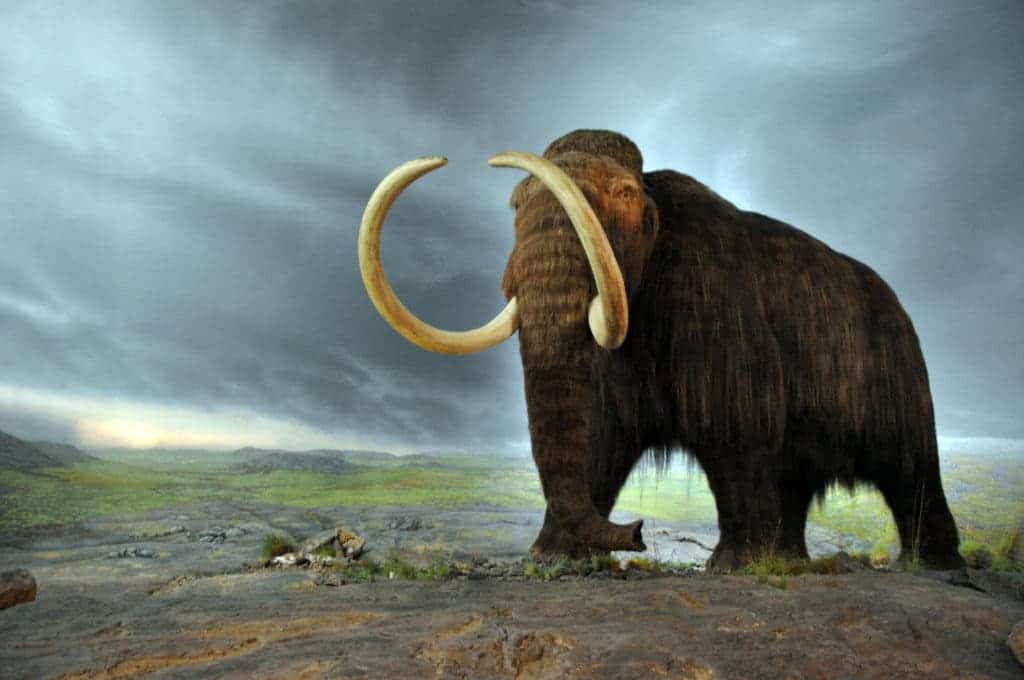
They say you are what you eat. This saying is particularly apt for Neanderthals, who both ate woolly mammoths and shared some genetic traits with them. That’s not to say that there was any gene transfer through the gut. Instead, the researchers believe that the two species of mammals co-evolved the same adaptations to their environment.
Both Woolly mammoths (Mammuthus primigenius) and our extinct cousins, the Neanderthals (Homo neanderthalensis), hailed from African ancestors which migrated to Europe, where they adapted to living conditions in Ice Age Europe. Woolly mammoths first appeared in the Arctic peninsula around 600,000 years ago while Neanderthals appeared in Europe around 400,000 years ago. For tens of thousands of years, the two species regularly interacted. Intriguingly, both species went extinct around the same time around 40,000 years ago when humans began rapidly expanding across the continent.
Given their shared history, researchers at Tel Aviv University wondered if there were any genetic traits that the two species also shared. The research team led by Prof. Ran Barkai from the university’s Department of Archaeology and Ancient Near Eastern Cultures reviewed three cases studies of gene variants and alleles (an alternative form of a gene). The researchers were interested in finding genetic material related to cold-climate adaptation which can be found in the genomes of both species.
The studies revealed the mutual appearance of several genes, including LEPR (involved in thermogenesis and the regulation of fat storage in the body), MC1R and SLC7A11 (related to skin and hair pigmentation), as well as genes related to keratin protein production (the type of protein that makes up your hair, skin, and nails).
“Our observations present the likelihood of resemblance between numerous molecular variants that resulted in similar cold-adapted epigenetic traits of two species, both of which evolved in Eurasia from an African ancestor,” explained Meidad Kislev, the study’s co-author. “These remarkable findings offer supporting evidence for the contention regarding the nature of convergent evolution through molecular resemblance, in which similarities in genetic variants between adapted species are present.
“We believe these types of connections can be valuable for future evolutionary research. They’re especially interesting when they involve other large-brained mammals, with long life spans, complex social behavior and their interactions in shared habitats with early humans.”
Both species are extinct today, but they still have living relatives. Neanderthals have humans and mammoths have elephants — in fact, African and Asian elephants are more closely related to the woolly mammoth than to each other. However, this situation might not last long. Seventy-five percent of elephant populations are estimated to be declining, signaling a process of extinction fueled by black market demand for ivory.
“It is now possible to try to answer a question no one has asked before: Are there genetic similarities between evolutionary adaptation paths in Neanderthals and mammoths?” Prof. Barkai says. “The answer seems to be yes. This idea alone opens endless avenues for new research in evolution, archaeology and other disciplines.
“At a time when proboscideans are under threat of disappearance from the world due to the ugly human greed for ivory, highlighting our shared history and similarities with elephants and mammoths might be a point worth taking into consideration.”
The findings appeared in the journal Human Biology.


